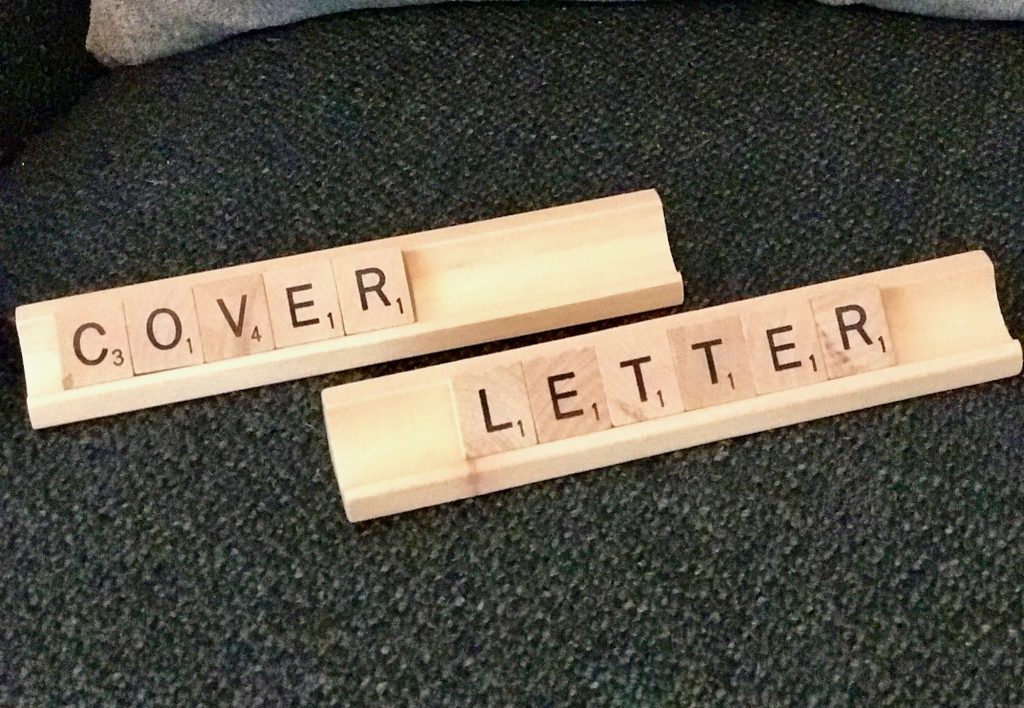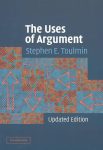“It’s New Job Season” Part 1: A Different Way of Thinking About you Cover Letters
Published on February 7, 2017
The first quarter is traditionally a strong hiring season for companies, and also a time when people turn to thoughts of new jobs and career paths. Professional communication skills are key to taking advantage of those opportunities, particularly in engineering and the sciences. In a series of posts called “It’s New Job Season,” we’re going explore the intricacies of the cover letter, resume, and interview process, and provide some communication focused tips and strategies to make your pitch as strong as it can be.

The Cover Letter
There are hundreds of sites out there that provide tips for writing a cover letter, with lots of valuable advice about writing them. Although these are widespread across multiple sites, some bear a bit of repeating.
- Be concise (make it one page or less)
- Personalize the cover letter for specific companies and job descriptions
- Focus on what you can do for the company, not what the company can do for you
- Proofread!
These are useful considerations, but also largely common sense. In this post, we’ll offer a different, more advanced way of thinking about the cover letter, leading hopefully to a deeper understanding of the purpose, function, and goals of a cover letter, and how it fits into your application.
Think of your application as an “argument”
Your entire job application is a persuasive set of documents, arguing for your appropriateness for an interview or for the position. What does thinking about the application this way do? It allows you to see how the various pieces can fit into models of argumentation, and to develop your application to construct the strongest possible argument.
 Before we start, we need to establish a simple model for argument. Stephen Toulmin’s model (The Uses of Argument, 1958) serves this purpose reasonably well, and we only need to look at three of his six major components of argument. For Toulmin, arguments consist of these main components:
Before we start, we need to establish a simple model for argument. Stephen Toulmin’s model (The Uses of Argument, 1958) serves this purpose reasonably well, and we only need to look at three of his six major components of argument. For Toulmin, arguments consist of these main components:
- Claim: the argument, or what you assert to be true
- Data: the evidence supporting the claim
- Warrant: the logical link between the data and the claim
This model of argument is useful because it helps us realize that data doesn’t always speak for itself, and that often, the logical link between the data and the warrant needs to be explicitly identified. Take, for example, the following example:
- Claim: This metal sample is aluminum
- Data: The crystal structure of the sample is FCC; its melting point is 661ºC
For most readers, those two pieces of evidence won’t immediately confirm that claim. You’ll need to provide warranting, which develops the logical link between the data and the claim. Here, that would be:
- Warrant: the knowledge that the known literature values for the melting point and crystal structure of aluminum are 661ºC and FCC, respectively (and preferably with a citation).
Now, we understand the basis of the claim, with the warrant filling in the logical gap between the evidence garnered from the analysis of the sample and the claim.
How does this apply to your job search? Claim = “I should be given this job”
In your job search, your Claim is simply some variant of “I should be given this job” / “I should be given an interview.” In supporting this claim, you need to provide both Data and Warranting.
Resume = Data
Your Data should be already in your resume: the list of work and education experience, your skill set, your objectives, etc. are all things that should support your claim for that you should be considered for the position. The other set of Data comes from the job description or requirements, those qualifications identified as desirable in a candidate.
Sometimes, however, your lists of experiences, skills, etc. may not be clearly connected to the job description: they might not speak directly, or at least forcefully, for themselves. For example, you might have experience in one field, but may be applying to another, amidst a career change. Or, you might have some skills that don’t necessarily clearly apply to those identified by the job ad.
Cover Letter = Warrant
Aside from its other functions, the cover letter serves as the warrant in the argument. It selects and highlights certain data – both your experience and requirements – and connects them to job requirements. Don’t simply repeat the resume here, as they already have your data. Select relevant data, but use the cover letter as an opportunity to elaborate and develop an understanding of how that data relates to the requirements, supporting your main claim.
eg. Say, for example, you’re asked to show they you are capable of “Managing building projects from start to finish” in the job advertisement. You could write:
“I have X years of experience as a structural analyst with X company, where my responsibilities were: doing structural analysis, drawings, developing an understanding of client requirements for projects, and working with projects managers to ensure that plans were accurate and manageable.”
But of that information is likely already embedded in your resume as a set of bullet points. Instead, focus on establishing a claim related to one of their requirements, and explain how that job experience speaks to that requirement:
“In my position at X, I worked in multiple roles, and was responsible for multiple aspects of projects, from the highly technical aspects of structural analysis to communicating with other members of the project team to understand project requirements; I also developed drawings and reports to communicate our designs to clients and other stakeholders. This experience allowed me to understand building design from inception to construction, giving me both the technical and project management expertise to supervise all stages of building projects.”
“I am a strong communicator, hard working, and independent thinker.”
Many job seekers like to write sentences like the above in their cover letters, but these are simply empty Claims. Without the evidence to back them up, they carry little weight, and are just pandering to the requirements. Anyone and everyone can claim to be excellent communicators. You can support that claim by referring to a previous experience in which you acquired or demonstrated such strong communication skills:
eg. “In my previous position at Company X, one of my key responsibilities was collecting and organizing information from various colleagues into a report and presentation. I delivered successful multiple client facing presentations outlining our strategy for improving the efficiency of their manufacturing processes, and became responsible for client relations.”
This should refer to an item already identified in your resume – your position at Company X – as well as several bullet points under that entry. You may be highlighting those responsibilities – say, “• managed client relations for major projects” – but are also going further, linking them clearly to the claim about your communication skills.
Similarly, when faced with having to demonstrate independent, critical thinking, identify a real world example from your resume and expand on it.
eg. “In my role as product engineer at Company Y, I was tasked with assessing and identifying the cause of product failures. This required me to develop tests to determine the cause of failure for defective products and, because of the various types of product failures, I developed a multitude of tests that then became part of company procedure. Performing the initial analysis and developing an appropriate testing protocol independently helped me to acquire strong critical thinking skills …”
Don’t just proofread, take advantage of the cover letter to demonstrate communication skills
Most job ads identify communication skills as a key requirement for the position. Proofreading is important, but grammatical correctness is a fairly low bar. Instead, demonstrate your ability to clearly and concisely communicate in your cover letter, and make it additional data to support your application. Key in the cover letter is paragraph design: ensure that your paragraphs focus on a single point, signalled by a clear topic sentence near the beginning. Within the Toulmin model, ensure that there’s a main claim for each paragraph, and that the data presented in that paragraph supports that.
eg. “I have served as a site manager for major transportation construction projects, where my responsibilities ranged from conducting site safety checks as well as developing construction management plans for the site. In my role as transportation analyst, I used computer modelling to assess different configurations for road design for traffic flow and safety. I have also worked as an estimator, giving me a good sense of budgeting.”
The above paragraph is a good example of a data dump, without a clear point. Particularly because of the nature of the statements it makes (a wide range of experience), it needs a topic sentence to frame them properly: this becomes the paragraph’s claim and warrant, taking the data and makes it say something.
“My experience in multiple positions within the industry has given me the opportunity to understand the interdisciplinary nature of transportation construction management.”
Writing good cover letter is an important and challenging skill
In the comments below, feel free to leave samples of your own cover letter writing that you might want help on, and we’ll see if we can give you some advice!

